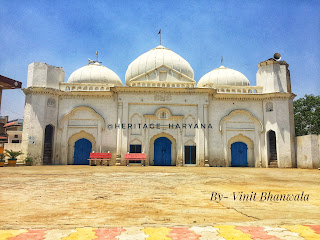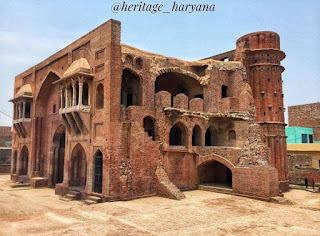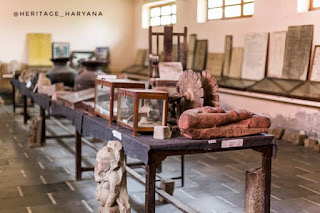SAINTHLY MOSQUE

DESCRIPTION -One of the Largest Mosque in Haryana at Medieval time, This Monument is Situated in Sainthly Village inf Jind District border Jind District of Haryana. Sainthly village was the last village of Jind princely state border where the Muslim community live here. Now its a last Village Jind District Border. At that time the Mosque was built here by Muslim Community. At thae time of partition, Muslim community moved to Pakistan and after the Sikh community came here and converted the Jama Masjid into a Gurudwara. ARCHITECTURE - Monument shows the evidence of Islamic and Colonial Architecture in it remains are found, there has three entrance with Three Domes in corner of mosque also has a bigger Minarets which is broken in nowadays in mid ofthe Mosqye also has a inscription of Quran, stairs are both side in into the minarets. But it is renovated by Gram Panchayat of Village. MAIN ENTRANCE THANKYOU- BY TEAM HERITAGE_HARYANA


